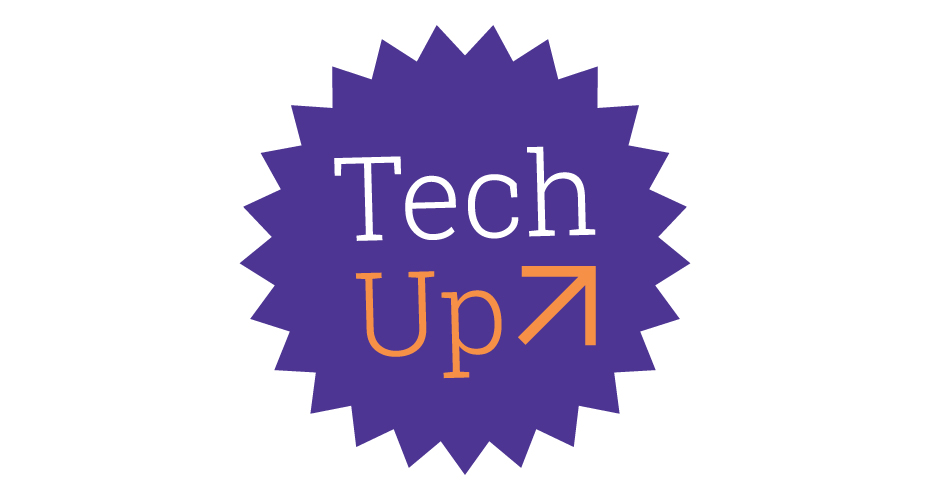In this activity, students experiment with spinning to test the vestibular system in their ears which helps them balance... ears do MORE than hear.
Balance depends on:
- visual information
- "feedback" from muscles
- information from the semicircular canals in the ear.
The “hidden sense” of balance is controlled by this vestibular system and is sometimes known as equilibrioception. The vestibular system registers the position of one’s body in relation to gravity and lets you know if it is moving or still, or speeding up or slowing down i.e. motion and position.
In the inner ear, there are three small loops above the cochlea called semicircular canals. These make up the vestibular system, along with the vestibular nerve.
The three small looping semicircular canals that sit above the cochlea, and like it, are filled with liquid and have thousands of microscopic hairs. When you move your head, the liquid in the semicircular canals moves, too. The liquid moves the tiny hairs, which the cochlea translates into a nerve message to your brain, about the position of your head. In less than a second, your brain sends messages to the right muscles so that you move to keep your balance.
Where does dizziness come in?
Sometimes the liquid in your semicircular canals keeps moving after you have stopped moving, for example, after spinning around. The hairs inside the canals are sensing movement even though you are standing still. That is why you might feel dizzy; your brain is getting two different messages and is confused about the position of your head. Once the fluid in the semicircular canals stops moving, your brain gets the right message and you regain your balance.

